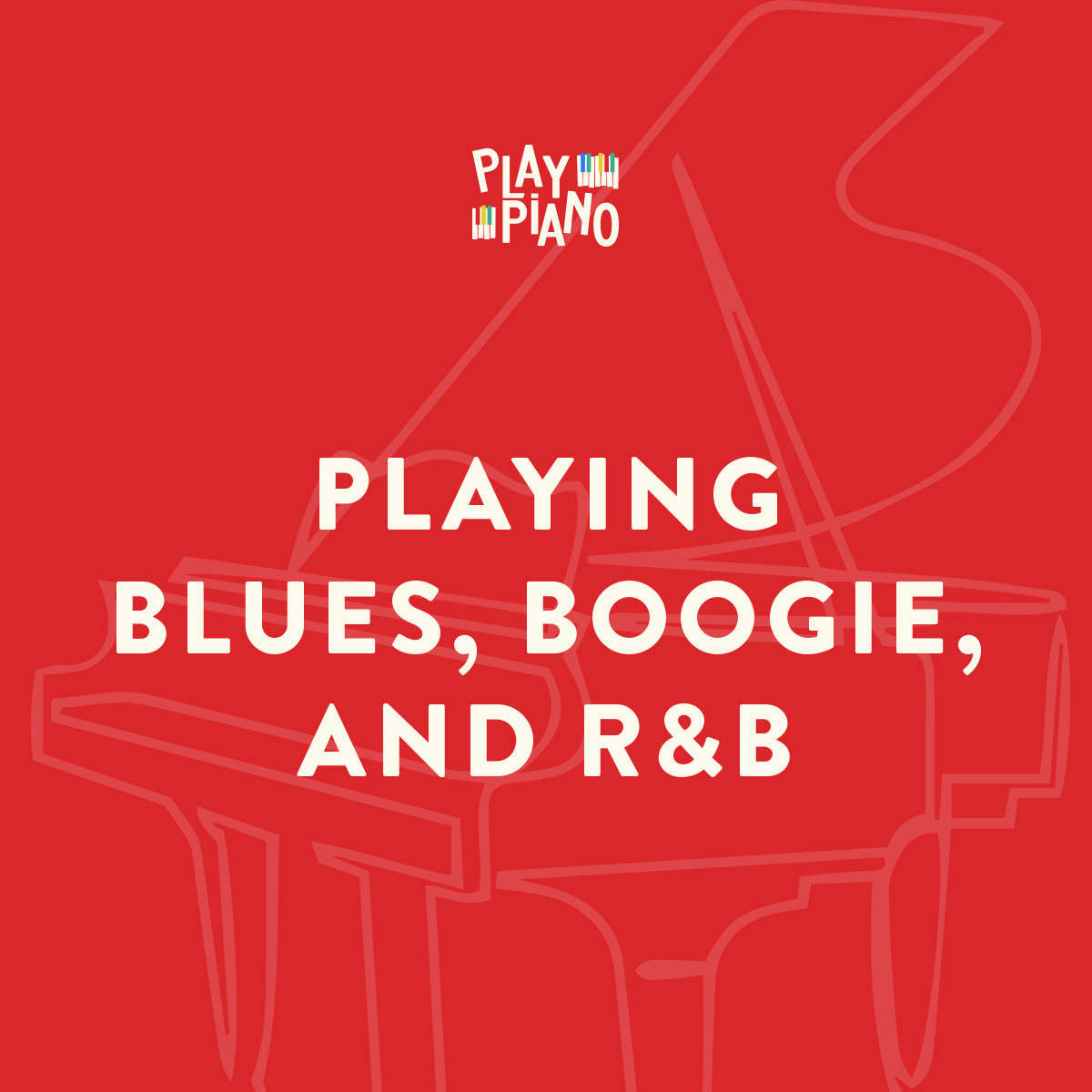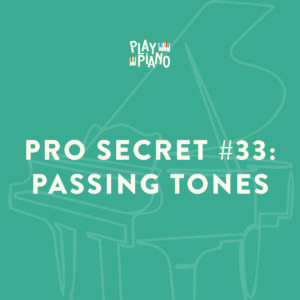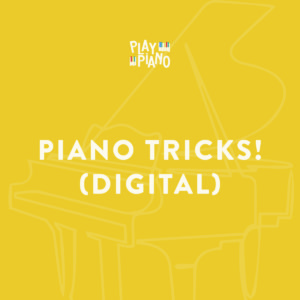Description
What a great course! If you’ve ever wanted to play “the blues”, or any variation of the blues, such as boogie, R&B (rhythm and blues), Kansas City rhythms, Chicago Blues, and some forms of rock, then you absolutely MUST latch onto this course!
The 12-bar blues is all-American. It developed right here, and until the last few years, it’s main musicians were right here in the US. I had the privilege not long ago of standing on the corner of Bourbon St. and listening to the musicians in Preservation Hall play some of the most authentic blues I’ve ever heard.
You simply play 12 measures of the same chord progression over and over, each time improvising some different melody on top of those changes. And those changes are:
The 12 Bar Blues Chord Progression
- 4 bars of the I chord
- 2 bars of the IV chord
- 2 bars of the I chord
- 1 bar of the V chord
- 1 bar of the IV chord
- 2 bars of the I chord
The 7th is usually added to each chord — so if the I chord is F, you would usually play F7 — that is kind of assumed in the blues.
The structure of the 12 bar blues is very simple. And since it is fun, play it over and over again until you get the sounds you want!
The “melody” of the 12-bar blues is something that each musician makes up as he/she goes along. It is based on the blues scale, which is a bit different than the regular diatonic scale we all grew up with — it includes all those “regular” notes, but also uses the flat 3rd, the flat 5th, and the flat 7th degrees of the scale.
The “blues scale” is really a combination of the major diatonic scale (the “regular” scale we all grew up with) plus three additional notes: the flatted 3rd; the flatted 5th (or sharp 4th — same thing); and the flatted 7th. So the blues scale really contains 11 notes — the 8 of the normal diatonic scale — and the 3 “blue notes.”
These are used in various combinations, as we shall see, to create a “bluesy sound.”
The blues started not as a piano style, but as a vocal style, and of course the human voice can sing “in the cracks” between the notes on the keyboard. So when we play blues on the keyboard, we try to imitate the human voice by playing BOTH the 3rd and the flat 3rd — BOTH the 5th and the flat 5th — BOTH the 7th and the flat 7th. We would play in the cracks if we could, but we can’t, so we do the best we can by combining the intervals to imitate the quarter steps that a human voice can sing. (Certain instruments can do that too — for example, the trombone. Since it has a slide, it can hit an infinite number of tones between any two keyboard notes.)
In this course you’ll learn how the 12-Bar Blues is formed. Then you’ll play along with Duane as he plays a blues bass line for you. Rhythm & blues is next. Then you’ll learn about the old “barrel-house” styles, and work through a basis boogie-woogie pattern. Then you’ll learn some specific techniques used in blues playing, and by the end of the course you’ll be jamming on some blues riffs.
This course contains 1 Audio CD & 1 DVD Video








Reviews
There are no reviews yet.